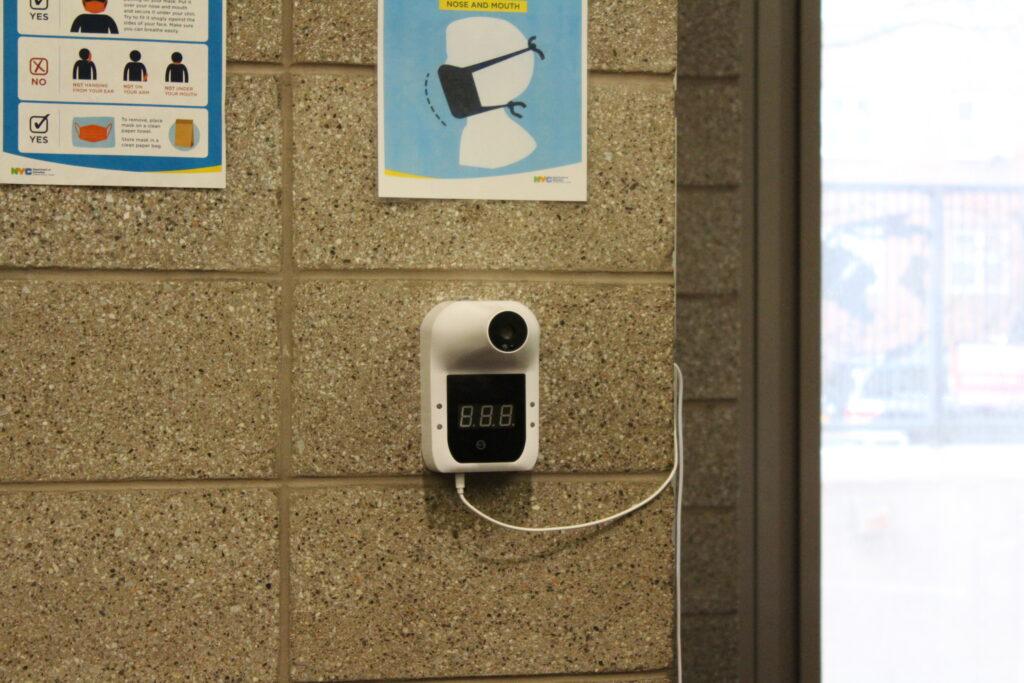
It has been two years since the first reported case of COVID-19 was detected on December 31, 2019. Since then, doctors and scientists have raced to grasp the true nature of the disease while developing life-saving vaccines to prevent the spread of infection.
Despite the significant progress made in the fight against the pandemic, the threat of variants –first Delta, and now Omicron– have put all strides that have been made thus far in jeopardy. Tuesday, January 4, the CDC released updated estimates on the spread of variants in the U.S, indicating that Omicron has overtaken Delta as the most common variant in the country, comprising 95.4% of new variant cases.
The first detection of the Omicron variant was reported to the World Health Organization (WHO) from South Africa in late November, who promptly classified it as a variant of concern. On November 22, a fully-vaccinated traveler that displayed mild symptoms of the COVID-19 virus returned from South Africa to California. The patient subsequently tested positive for the Omicron variant, marking the first case of the variant in the U.S.
The variant reached New York on December 2, after a Minnesota resident tested positive for Omicron following a visit to NYC for the Anime NYC convention at the Javits Center. New York’s positive COVID case counts continue to grow exponentially, as positive infections have recently climbed to over four million.
While little is still known about the behavior of Omicron and its possible increased transmissibility, the CDC is advising those eligible for their booster inoculation to receive it as soon as possible, especially given recent data suggesting the waning efficacy of COVID-19 vaccines over a prolonged period of time. In a study published by Science Magazine, the effectiveness of the Pfizer/BioNTech vaccine, the only vaccine approved for children under the age of 16, was shown to diminish from 87% to 45% in only a six-month period.
The current COVID wave has sparked feelings of concern amongst many Harrisites. Freshman Kaileah Eloi said, “It’s frightening to see the positive case numbers creep up again. I know there have been a handful of positive cases at school, and it’s overall just a really scary situation.” Junior Gian Collin Syki shared similar thoughts, and stated “It’s definitely alarming to see how quickly the case numbers are rising. I’ve had some friends who have recently tested positive, it’s almost like March of 2020 all over again.”
Many have begun to question whether or not all NYC schools should return to remote learning, despite relatively high vaccination rates and a vaccination mandate for all teachers and staff. Junior Anisha Shaikh thinks now is the time to temporarily suspend in-person learning. She said, “I feel like if we keep schools open, the pandemic situation is only going to get worse, especially with Omicron spreading at such a rapid pace.” Senior Maimuna Muntaha is hopeful the circumstances will improve, but recognizes both sides of the issue. She explained, “I’m sad because I [have] already lost so much time having school online, as well as because people have been careless in regards to wearing masks. I hope that if school closes, it happens sooner rather than too late, so the period isn’t too long.”
Despite calls to shut down schools, the Department of Education has resisted the urge to transition back to online learning, opting to instead close individual schools and classrooms on a case by case basis. Former Mayor Bill De Blasio re-affirmed the belief that a city-wide shutdown of schools is not an option. On December 17, he stated, “Schools are actually one of the safest places to be in the city. We need to keep our kids in school.” This sentiment is shared by sophomore Lesley Yupa, who thinks schools should remain open for as long as it is safe to do so. She explained, “Making sure that students adhere to the guidelines like masking up, and encouraging vaccinations should be top priority.”
But some are not as optimistic. Spanish teacher Christian Castillo is bracing for the worst. He stated, “It’s unfortunate that after two years we’re standing where we are standing. I don’t think things are going to get better anytime soon, it’s a shame that we have to go through this again for what is now the third time.”
The recent Omicron-fueled surge has prompted some school districts across the country, including high schools in Upstate New York and Long Island, to close their doors and temporarily transition back to remote learning.
However, during the winter recess, current Mayor Eric Adams doubled down on vows to keep schools open, announcing the implementation of new measures including the doubling of in school testing, and the expanded use of at-home rapid tests. Mayor Adams delivered remarks on January 3, the first day of instruction following the break. “There’s a lot of questions, but we’re going to turn those question marks into an exclamation point, we’re staying open.”
As businesses continue to close and the world braces for the impacts of Omicron, there is a sense of weariness and déjà vu surrounding the entire situation. While it may be more difficult to continue adhering to pandemic guidelines after almost two years, now is not the time to start letting up. The presence of Omicron is a sign that the pandemic is far from over, and emphasizes the need to protect ourselves amidst the formidable circumstances.




























